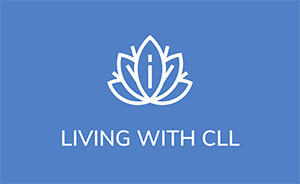Home » Living With CLL » Being Your Own Advocate
Being Your Own Advocate
How to be your own advocate is a skill that everyone should all learn because ultimately, no one is more invested in your outcome than you are.
FEATURE
Decision Making About Treatment of Chronic Lymphocytic Leukemia or Small Lymphocytic Lymphoma (CLL / SLL)
Starting treatment for CLL / SLL requires a complex decision-making process. There are several well-established choices, but they differ in multiple ways. This essay describes a set of issues to consider in a deliberative process to transition from monitoring CLL / SLL to active treatment. Fortunately, whatever decision is made will likely achieve the goal of many years of feeling and suppression, possibly eradication, of CLL / SLL from the bloodstream.
ADDITIONAL READING
The goal of the CLL Treatment Decision Tool is to increase your understanding of your chronic lymphocytic leukemia (CLL) and your treatment options.
The goal of the CLL Treatment Decision Tool is to increase your understanding of your chronic lymphocytic leukemia (CLL) and your treatment options.
The goal of the CLL Treatment Decision Tool is to increase your understanding of your chronic lymphocytic leukemia (CLL) and your treatment options.
Specialty pharmacies manage the care of patients on oral drugs for CLL and it’s important to understand their vital role in the current treatment of CLL.
Dr. Brian Koffman joined AJMC to talk about taking a team approach to managing CLL and the impact of recent treatment advances on patient care.
Now that most healthcare settings have lifted mask requirements, we must be active in asking for the protections we need and are entitled to.



